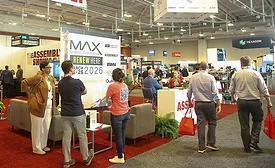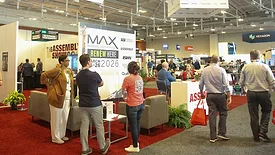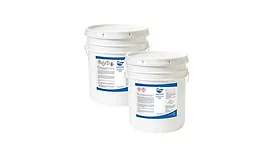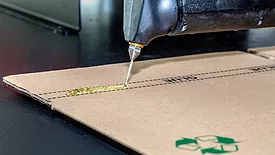Home » Keywords: » adhesives in assembly
Items Tagged with 'adhesives in assembly'
ARTICLES
The ASSEMBLY Show 2025 Takes Center Stage in Rosemont this October
The ASSEMBLY Show 2025 offers attendees hands-on opportunities with cutting-edge technologies and education from industry experts.
October 17, 2025
Keep the info flowing with our newsletters!
Get the latest industry updates tailored your way.
JOIN TODAY!Copyright ©2025. All Rights Reserved BNP Media.
Design, CMS, Hosting & Web Development :: ePublishing









